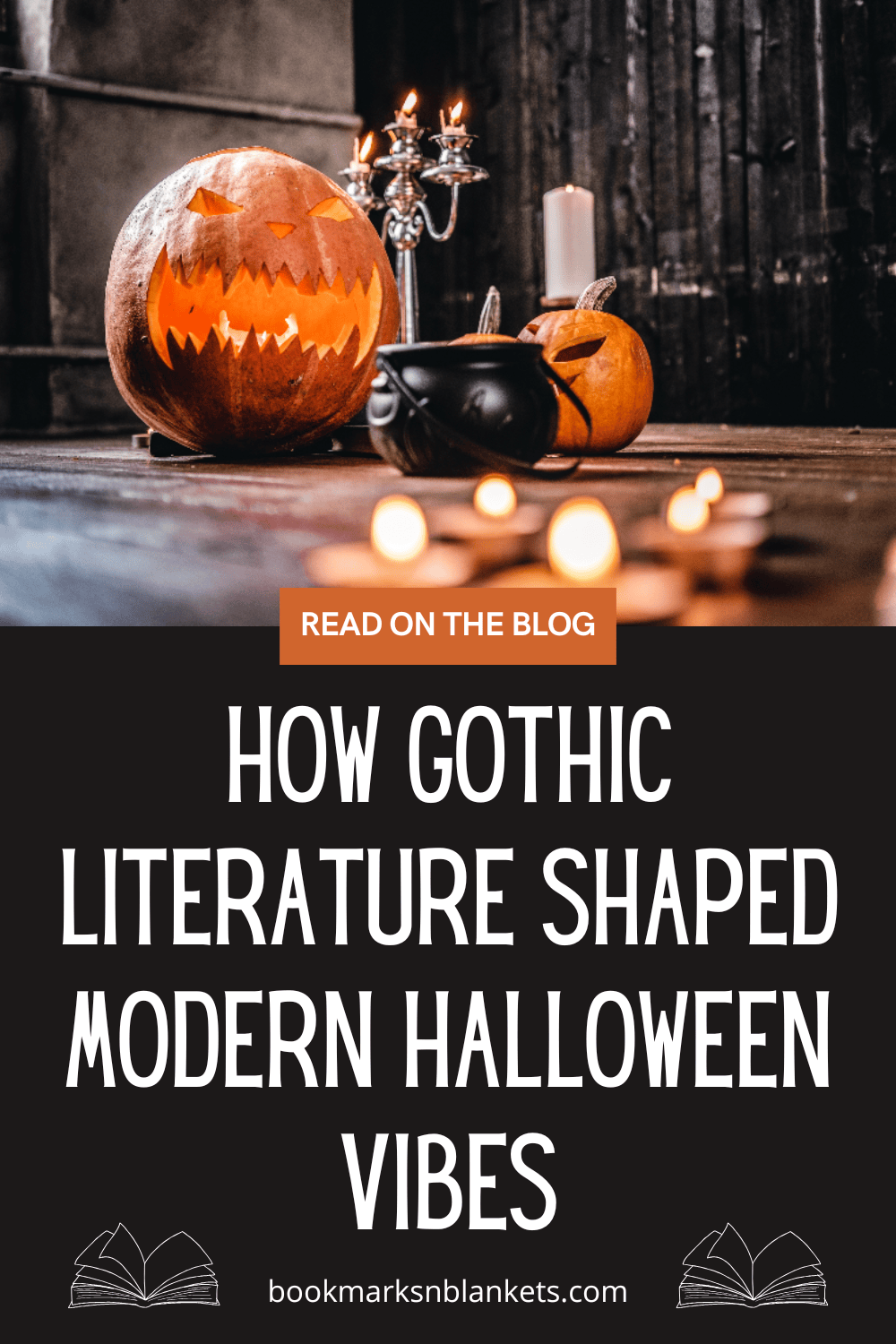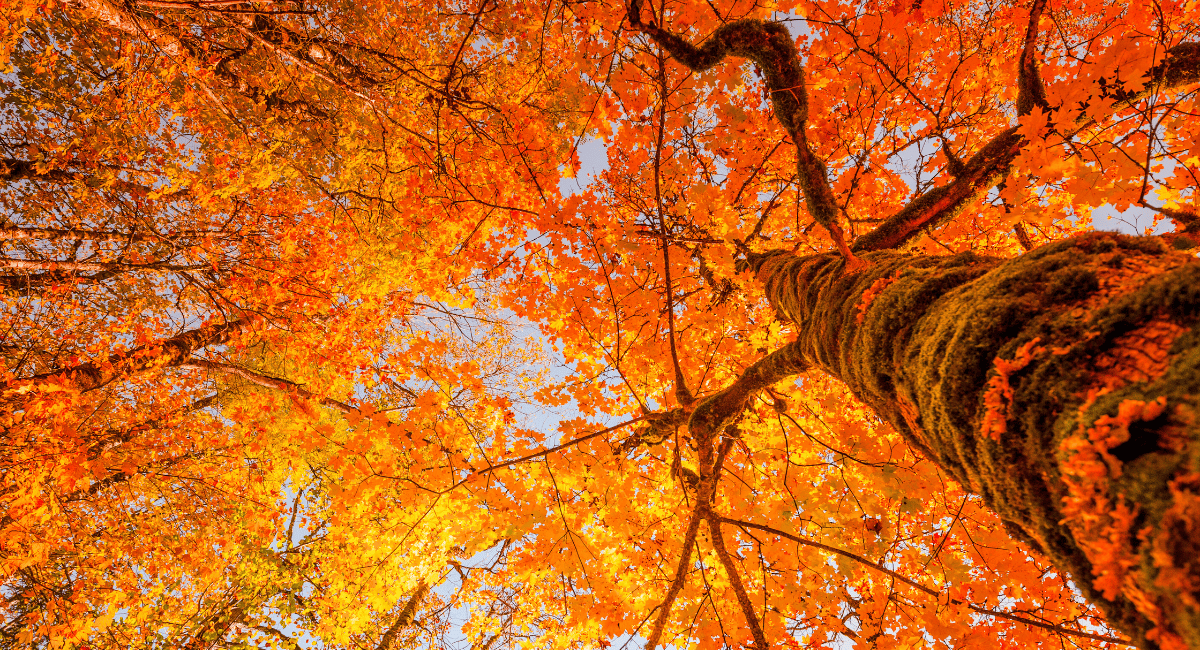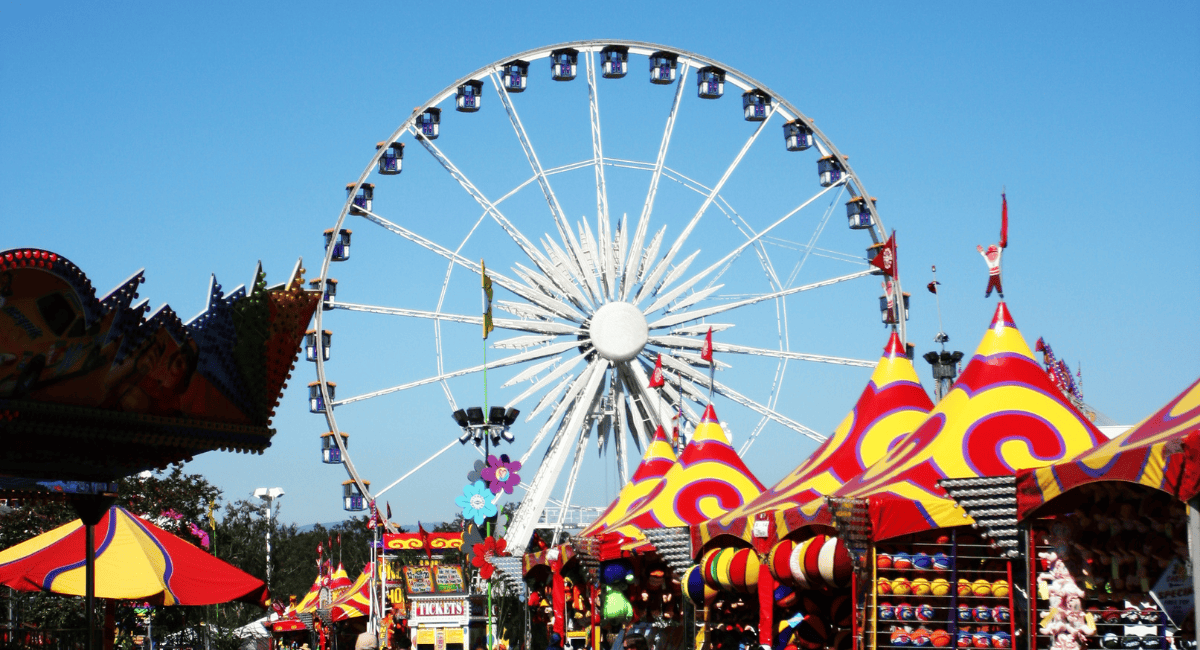When the leaves turn crisp and the nights grow long, our thoughts often drift to Halloween. Today, we imagine glowing jack o’ lanterns, haunted houses, and shadowy streets where costumed revelers wander in search of candy.
Yet, the darkly enchanting spirit of Halloween owes much to a literary tradition that predates trick-or-treating and plastic pumpkins. Gothic literature, born in the late 18th century, carved the emotional and visual landscape that defines how we celebrate this eerie holiday. From the ruined castles of early Gothic novels to the tormented souls of 19th-century tales, the genre provided the blueprints for what we now recognize as Halloween vibes.
In this exploration, we will look at how Gothic literature established the aesthetics, themes, and emotions that fuel the modern celebration of Halloween. We will consider the genre’s origins, its defining tropes, its most influential works, and the way its haunting atmospheres seeped into popular culture. Along the way, we will see how Gothic literature transformed Halloween from a simple folk observance into the romantic, frightening, and often playful holiday that enchants us every October.
The Origins of Gothic Literature
Gothic literature began in the mid-to-late 18th century, when writers in England and later across Europe experimented with tales that blended horror, romance, and the supernatural. The very first recognized Gothic novel, The Castle of Otranto by Horace Walpole, published in 1764, established the essential formula. It featured an ancient castle, unexplained phenomena, family secrets, and a looming sense of dread.
Readers were captivated. Here was a form of storytelling that went beyond the rational novels of manners popular at the time. Gothic literature thrived on emotions that were intense, unsettling, and even pleasurable in their terror. The genre’s focus on architecture, ruins, storms, and shadows created vivid imagery that continues to influence how we imagine haunted spaces.
The word “Gothic” itself suggested a link with medieval cathedrals and ruined castles. These settings, with their pointed arches, dark corridors, and echoing chambers, embodied both grandeur and decay. They provided the perfect backdrop for stories where passion, fear, and the supernatural collided. The sense of ancient history combined with mystery became a hallmark not only of Gothic fiction but also of the modern Halloween aesthetic.
Defining Themes and Tropes
To understand how Gothic literature shaped Halloween, we must examine the recurring motifs that appear again and again in the genre. These elements gave readers a visual and emotional vocabulary that still resonates in Halloween celebrations.
Haunted Spaces
Whether castles, monasteries, or later Victorian houses, Gothic settings are always atmospheric. They creak with hidden passageways, moan with the wind, and shroud their characters in gloom. When we decorate our homes with cobwebs and flickering candles in October, we are echoing this fascination with haunted architecture.
The Supernatural and the Uncanny
Ghosts, specters, vampires, and mysterious figures stalked through Gothic pages. These elements blurred the line between life and death, reality and illusion. The thrill of confronting what might be lurking in the dark is exactly what Halloween invites us to experience.
Isolation and Darkness
Gothic heroes and heroines often found themselves trapped in desolate locations, cut off from safety. Darkness was not merely physical but symbolic, representing ignorance, repression, or hidden truths. Halloween night, when the world seems cloaked in shadow, draws directly from this motif.
Romantic Fear
What made the Gothic different from mere horror was its blend of beauty and terror. Stormy landscapes could be frightening but also awe-inspiring. Characters might flee in fear, yet also long for forbidden romance. This duality of attraction and dread permeates Halloween’s playful spookiness.
Influential Works that Cast a Shadow
Several key Gothic works profoundly shaped how later generations envisioned spooky atmospheres.
Mary Shelley’s Frankenstein
Published in 1818, Frankenstein combined science, horror, and moral questions. The image of the lonely monster, the dark laboratory, and the theme of humanity tampering with forbidden knowledge became central to both Gothic and Halloween traditions. Today, Frankenstein’s creature is a staple of costumes, decorations, and films every October.
Bram Stoker’s Dracula
No Gothic figure looms larger than the vampire count. Published in 1897, Dracula fused folklore with Gothic settings to create an immortal villain who is both terrifying and alluring. The vampire’s castle, the howling wolves, and the midnight encounters with bloodsucking creatures epitomize Halloween thrills.
Edgar Allan Poe’s Tales
Poe’s work, especially The Fall of the House of Usher and The Tell-Tale Heart, emphasized psychological terror, madness, and claustrophobic settings. His writing brought Gothic motifs into American literature, where they influenced ghost stories, horror films, and Halloween culture in the United States.
Ann Radcliffe’s Novels
Radcliffe’s The Mysteries of Udolpho and other works established the atmosphere of ruined castles and imperiled heroines. Her talent for describing landscapes suffused Gothic fiction with a painterly quality. When we picture misty hills or candlelit halls in Halloween imagery, we are seeing through her influence.
From Literature to Popular Culture
By the 19th century, Gothic imagery had escaped the pages of novels and become a cultural touchstone. The rise of stage melodramas brought vampires, ghosts, and haunted castles into public entertainment. Illustrated magazines depicted eerie ruins and stormy nights, reinforcing the visual codes of Gothic fiction.
During the Victorian era, ghost stories became a favorite pastime, especially during long winter evenings. Charles Dickens, Wilkie Collins, and others incorporated Gothic touches into their work. These tales established a tradition of seasonal storytelling that later migrated toward Halloween celebrations.
In America, the Gothic tradition is intertwined with folklore and Puritan fears of the supernatural. Nathaniel Hawthorne and Washington Irving drew on Gothic themes in stories like The Legend of Sleepy Hollow, which gave us the unforgettable image of the Headless Horseman. By the late 19th century, Halloween itself was becoming associated with haunted imagery and scary stories, much of which derived from the Gothic tradition.
Visual Aesthetics that Define Halloween
When we consider modern Halloween decorations, costumes, and films, we see Gothic fingerprints everywhere.
Architecture
Haunted houses at theme parks or in neighborhood displays often mimic Gothic castles or Victorian mansions. Towers, arches, and decaying facades directly recall Gothic backdrops.
Costumes
Vampires, ghosts, witches, and tragic heroines all stem from Gothic literature. Even the idea of dressing as a tormented figure in flowing garments or a villain in a cloak draws from this tradition.
Colors and Atmosphere
The palette of black, purple, deep red, and eerie green mirrors the moody tones of Gothic descriptions. Candlelight, shadows, and fog machines all attempt to recreate the atmosphere first conjured by Gothic writers.
Sound and Music
Thunderclaps, organ music, and creaking doors used in Halloween settings also owe their popularity to Gothic melodramas and novels.
The Emotional Core of Gothic and Halloween
Beyond visual elements, Gothic literature shaped the emotions we associate with Halloween. The holiday is not simply about fear but about the pleasure of fear. This is exactly the emotion Gothic authors sought to elicit: a delightful chill, a safe brush with danger, and a chance to explore the boundaries of life and death.
Halloween also borrows the Gothic fascination with ambiguity. Is the ghost real or imagined? Is the monster evil or misunderstood? These questions keep us engaged and unsettled. When children and adults alike step into costumes and haunted attractions, they, too, explore identities, fears, and desires in playful ways.
Gothic Romanticism and the Halloween Mood
It is easy to forget that Gothic literature is not only about horror but also about beauty and longing. The windswept moors, the moonlit ruins, and the sorrowful characters create a romantic mood that colors Halloween with more than simple fright. This is why Halloween feels not just scary but also mysterious and enchanting.
Think of how many decorations focus on the moon, the night sky, or a lonely bat in flight. These are not images of pure terror but of poetic atmosphere. They invite reflection as much as they provoke shivers. This balance of melancholy and delight comes directly from the Gothic tradition.
Gothic Literature’s Legacy in Film and Media
The 20th century saw Gothic literature translated into cinema, where it firmly fused with Halloween culture. Universal Studios’ classic monster movies—Frankenstein, Dracula, The Wolf Man, and The Mummy—all drew upon Gothic traditions. Their sets featured looming castles, shadowy laboratories, and fog-drenched cemeteries. These films established the Halloween archetypes that still dominate costumes and party themes today.
Later, directors like Tim Burton reimagined Gothic aesthetics with a whimsical twist, as seen in The Nightmare Before Christmas and Sleepy Hollow. These works show how Gothic imagery can be both spooky and playful, perfectly matching the spirit of Halloween.
Television shows, comic books, and children’s literature also absorbed Gothic tropes. Even the friendly haunted house of Casper the Friendly Ghost or the family in The Addams Family reflect the Gothic tradition, softened for humor and charm.
Why Gothic Endures in Halloween
The lasting power of Gothic literature in Halloween celebrations comes from its ability to blend contradictions. It merges fear with fascination, darkness with beauty, horror with romance. Halloween thrives on this mixture. It is a night when we can confront frightening images while knowing we are safe, a holiday where play and dread coexist.
Gothic literature gave us the emotional range to experience Halloween as more than superstition. It allowed us to revel in the aesthetic of the eerie and to enjoy the thrill of shadows without succumbing to despair. In doing so, it elevated Halloween from a folk ritual into a cultural celebration that continues to inspire creativity and delight.
Conclusion: A Candle Still Flickers
As we light our jack-o’-lanterns, dress as vampires or monsters, and wander through haunted houses, we are carrying forward a tradition that began with Gothic novels centuries ago. The ruined castles, lonely moors, supernatural visitors, and tragic figures created by Gothic authors still shape how we imagine Halloween night.
Without Gothic literature, Halloween might still exist, but it would lack the rich atmosphere of mystery, romance, and eerie delight that we now cherish. The genre not only gave us images of haunted places and monstrous figures but also taught us to enjoy the beauty of fear.
In many ways, Halloween is Gothic literature’s gift to popular culture. Every October, as the wind whistles and shadows stretch across the ground, we step into a world that writers like Walpole, Radcliffe, Shelley, Stoker, and Poe envisioned long ago. Their legacy ensures that the flicker of Gothic imagination will continue to shape Halloween vibes for centuries to come.







